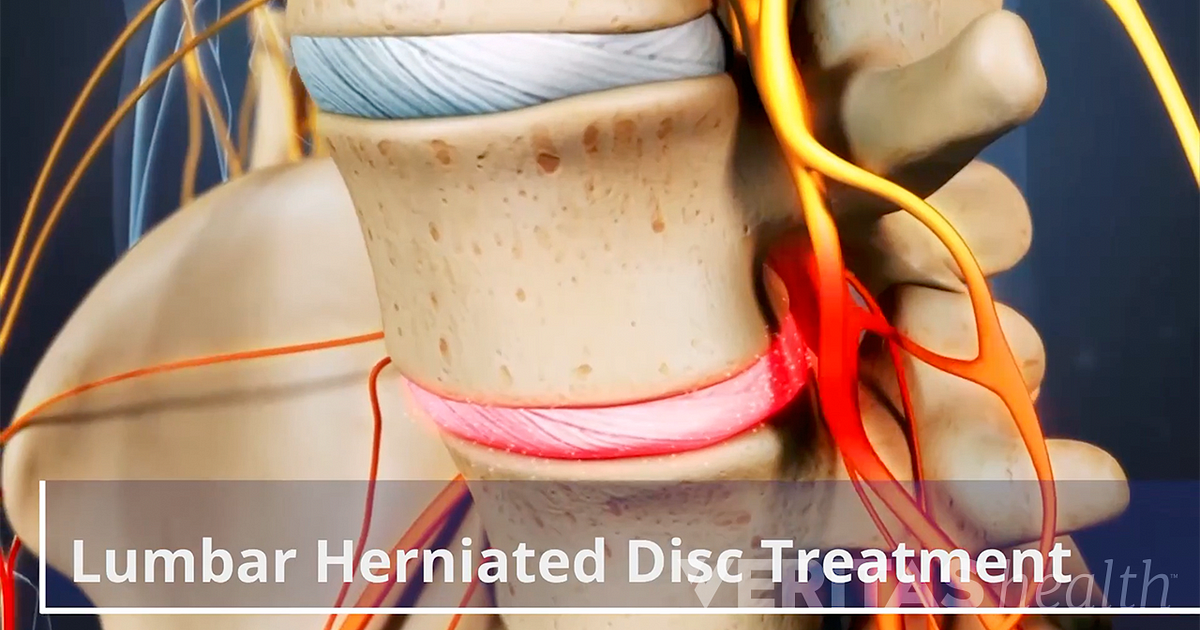Living with pain can be an overwhelming ordeal that impacts every aspect of one's life. Whether it is the piercing sensation of an injury, the constant discomfort of arthritis, or the ongoing pain of chronic conditions, seeking meaningful alleviation is a key concern for those suffering. Pain management services and treatments are designed to tackle a wide range of pain issues, offering patients a range of solutions to restore their quality of life. Understanding the nuances of pain management can enable individuals to manage over their health.
In this comprehensive guide, we will explore what pain management entails, the different types of pain and their treatments, and how specialized clinics approach the intricate dynamics of pain. From traditional therapies like physiotherapy and pharmaceuticals to innovative treatments such as regenerative medicine, there are many strategies to consider. We will also touch on the role of wellness adjustments, integrative strategies, and emerging techniques that can lead to considerable improvements in pain relief. By gaining insight into these services, clients can choose wisely and partner with healthcare providers to discover the best pain management approach customized to their specific situation.

Comprehending Pain and Its Forms
Discomfort is a complicated and subjective experience that can differ substantially from individual to individual. It functions as an essential warning to the system that something may be off, encouraging individuals to seek support or modify actions. Understanding pain is vital in handling it effectively, as it can emerge from different sources and manifest in multiple shapes. The feeling of pain may be influenced by bodily, affective, and cognitive factors, making it important to take into account the complete patient when addressing their pain.
There are a couple of primary categories of discomfort: sharp and persistent. Severe discomfort is usually brief and usually comes from a definite injury, illness, or medical procedure. It usually clears up as the underlying cause recovers, marking the physical restoration process. On the other hand, chronic discomfort continues beyond the usual healing time, extending for duration of time, months, or even years. visit this page can arise from various disorders, including joint inflammation, fibromyalgia, or persistent migraines, and usually requires a more comprehensive approach to care.
Additionally, pain can be classified based on its cause. Nociceptive-type discomfort arises from damage to tissue material, such as wounds, burns, or inflammation, and is generally specific. In opposition, neural suffering occurs due to neurological dysfunction or disorder, often resulting in symptoms like tingling, burning, or shooting sensations. By comprehending these different categories of suffering, people can more successfully articulate their experiences to healthcare practitioners and explore effective management strategies tailored to their specific requirements.
Efficient Discomfort Control Strategies
Efficient pain management requires a diverse approach tailored to the individual's distinct kind of suffering and underlying condition. One crucial method is the use of a blend of treatments that may include rehabilitation, medications, and lifestyle changes. Regular consultations with pain control specialists can help create a individualized treatment plan, ensuring that multiple avenues are explored for reducing discomfort. This integrative approach can enhance success while reducing dependency on drugs.
Another vital strategy involves the incorporation of non-traditional treatments. Practices like traditional Chinese medicine, manual therapy, and mindfulness-based movement have gained popularity for their potential to relieve pain and improve functionality. These therapies can supplement traditional medical treatments by treating suffering through different mechanisms, thereby fostering a comprehensive response to pain management. Additionally, awareness and relaxation techniques can be helpful, emphasizing the mental-physical link and reducing tension, which is commonly a factor to discomfort.
Behavioral adaptations also play a essential role in pain relief. Maintaining a healthy diet, engaging in frequent physical activity, and prioritizing sleep can significantly impact pain levels and overall wellness. Diets rich in anti-inflammatory foods, for instance, can reduce inflammation that contributes to persistent suffering, while regular exercise has been shown to boost feel-good hormones, providing natural pain relief. By embracing these strategies, individuals can gain a greater sense of control over their discomfort and improve their overall health.
Mental and Health Methods to Alleviating Pain
Mental techniques play a key role in handling pain, particularly when it comes to chronic conditions. Cognitive therapy is one of the most effective approaches, helping patients recognize and change harmful thought patterns that can worsen their pain experience. By learning adaptive strategies and stress reduction methods, individuals can lessen the awareness of pain and enhance their mental resilience. Blending these practices into daily life can allow patients to take control over their pain and emotional well-being.
Health modifications are just as important for pain management. Consistent physical activity, even in gentle ways, can significantly aid to both physiological and mental health. Engaging in activities like strolling, swimming, or mindfulness movement helps strengthen muscles, improve range of motion, and boost mood-enhancing chemicals, the body's natural pain relievers. Maintaining a balanced diet rich in anti-inflammatory foods can also bolster overall health and reduce pain levels. Simple tweaks in daily habits, such as focusing on quality sleep and hydration, can lead to noticeable improvements in pain awareness and well-being.
Awareness and stress-relief methods are essential tools for improving pain relief. Techniques such as mindfulness meditation, deep breathing exercises, and progressive muscle relaxation can help alleviate stress and anxiety, which are often linked to increased pain sensitivity. By cultivating a state of mental clarity and calm, individuals can create a more positive mental environment to cope with pain. Incorporating these techniques into a regular routine can not only lessen discomfort but also encourage a greater sense of calm and well-being.
